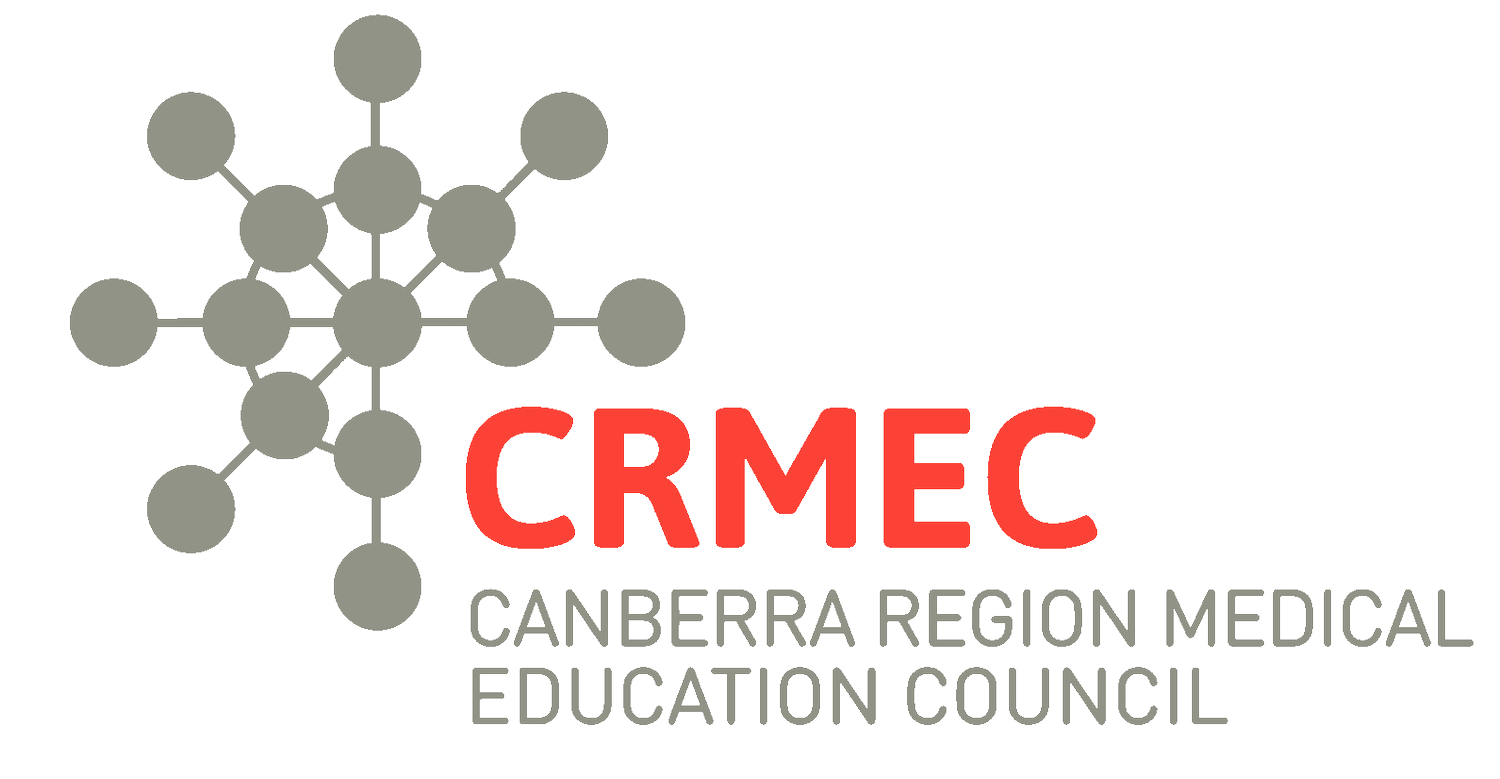Prevocational Outcome Statements
Prevocational Outcome Statements are a component of the old Prevocational Framework so will be familiar to many people working in prevocational medical education. The new Prevocational Framework continues to include Prevocational Outcome Statements, organised within four domains:
Domain 1: Practitioner (10 outcomes statements)
Domain 2: Professional and leader (8 outcome statements)
Domain 3: Health advocate (6 outcome statements)
Domain 4: Scientist and scholar (4 outcome statements)
The Prevocational Outcome Statements can be downloaded here.
What are Prevocational Outcome Statements?
Prevocational outcome statements describe the capabilities that prevocational doctors should achieve by the end of their postgraduate PGY1 & PGY2 programs. The level of expectation, responsibility, supervision, and entrustability of the outcomes will be different between the two years, but they must be achieved to an acceptable level to complete PGY1 and achieve general registration.
Prevocational education and training programs must be designed to enable prevocational doctors to achieve the outcomes described in the Prevocational Outcome Statements. The statements are a component of each training term assessment and provide clear criteria for determining progress of prevocational junior doctors.
Where can I find more information about Prevocational Outcome Statements?
You will find information in the AMC’s Training and Assessment document:
Description of the Prevocational Outcomes statements (pages 10-19)
How the outcome statements guide the global assessment and ‘certifying completion’ process, (section 3A pages 47-51 and pages 57-59)
Term assessment forms, (page 61 and pages 67-74)
Requirements for programs and terms related to Outcome statements (page 34-37)
Information about Prevocational Training Accreditation Standards that relate to the Provcoational Outcome Statements can be found in the AMC’s Training and Environment document:
Standard 2.2 Training Requirements (page 17)
Standard 2.3 Assessment requirements (page 18)
Standard 3.1 Work-based teaching and training (page 21)
Standard 3.3 Supervisor training and support (page 23)
Standard 3.4 Formal education program (page 23-24)
Standard 4.3 Communication with prevocational doctors (page 29)
For additional information, please view the AMC website.

